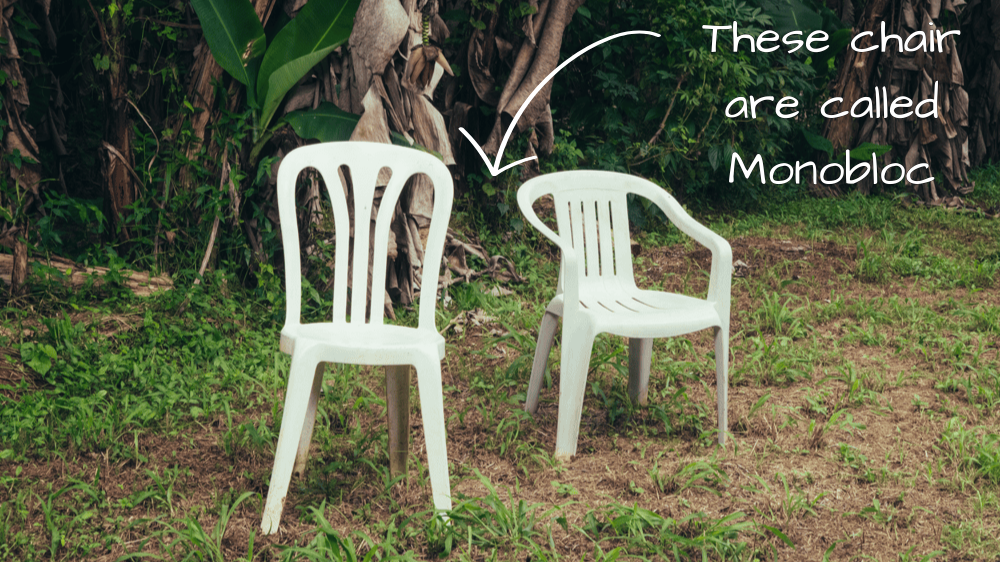The Monobloc chair, with its iconic all-in-one molded design, epitomizes simplicity and practicality. Crafted typically from polypropylene, its single-piece construction ensures a lightweight yet sturdy form. This versatile seating solution was first conceptualized in the mid-20th century and gained global prominence in the 1970s and 1980s, owing to advancements in plastic manufacturing. Often associated with casual outdoor settings, the Monobloc chair is as much a cultural artifact as it is a practical furnishing.
Why the Monobloc Chair is Globally Iconic
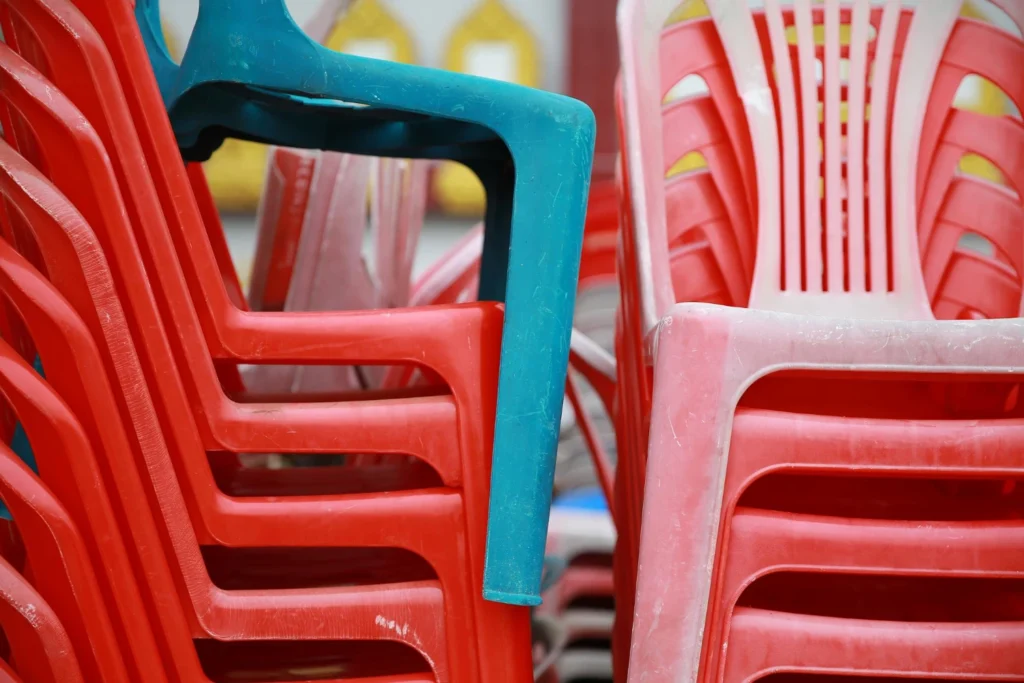
Chances are, you’ve sat on a Monobloc chair at least once in your life. Whether at a backyard barbecue, a roadside café, or a community gathering, these chairs have an uncanny way of finding their way into everyone’s life. What makes the Monobloc chair truly remarkable is its ubiquity. From bustling urban cafes to rural markets, it seamlessly blends into diverse environments. Its minimalistic design resonates with modern aesthetics while serving as a symbol of universal accessibility. Anecdotes abound about its omnipresence, such as its unexpected cameo as a throne in a rural ceremony or its use as makeshift seating in pop-up events worldwide. Growing up in Asia, I have countless memories of these chairs, which seemed to be present at every family gathering and community event. One of my uncles even has a tattoo of a stack of Monobloc chairs, a quirky yet heartfelt tribute to its enduring presence in our lives.
Design and Versatility
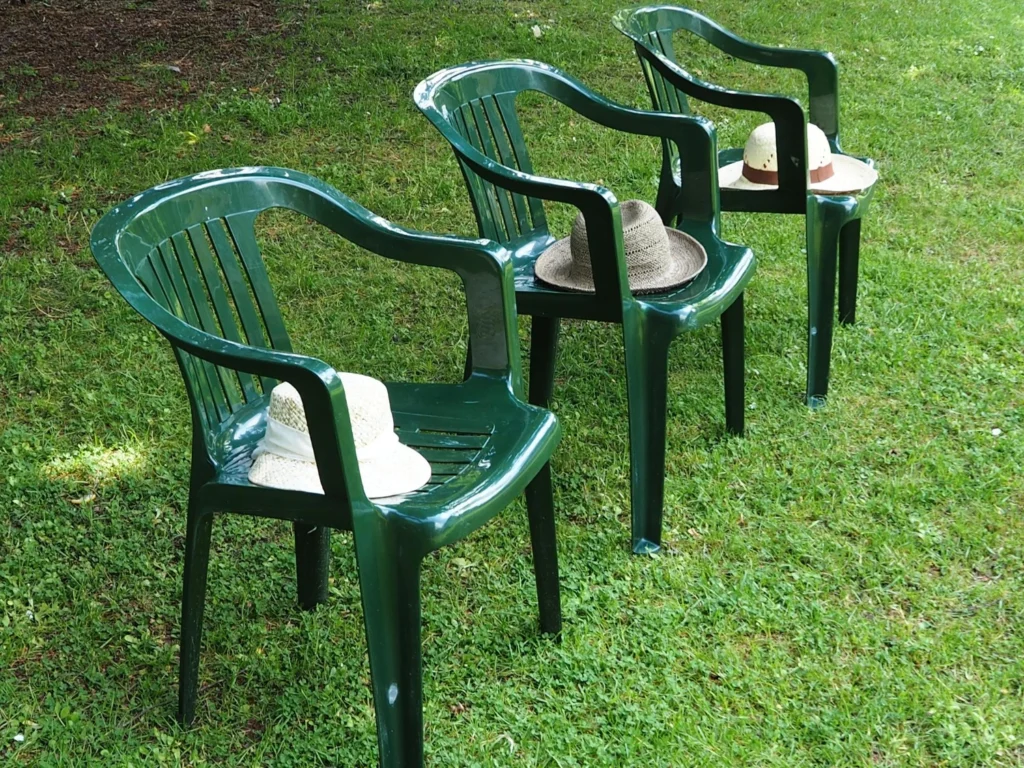
The Monobloc chair is a perfect example of good design: simple, functional, and universal. Its design ethos embodies the principles of form following function, making it adaptable to a wide variety of settings and needs.
Lightweight and Stackable
One of the standout features of the Monobloc chair is its portability. Weighing mere kilograms, it can be effortlessly relocated, making it ideal for both temporary and permanent setups. Moreover, its stackable nature enables efficient storage, a boon for event organizers and restaurateurs.
Durable and Cost-Effective
Polypropylene, the primary material, provides exceptional durability. Resistant to weather and easy to clean, the Monobloc chair is a favorite for outdoor use. Its mass production and low material costs have further cemented its status as a budget-friendly option, democratizing access to functional furniture.
Cultural and Economic Significance
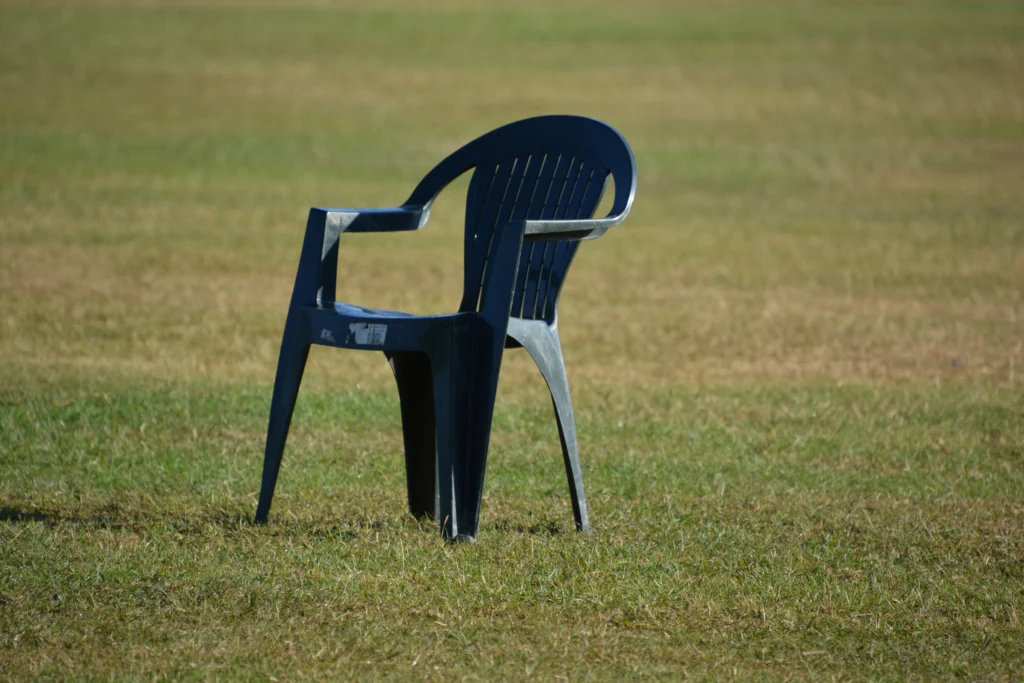
Accessibility and Affordability
The Monobloc chair transcends socio-economic boundaries. Its affordability has made it a staple in both affluent and developing regions. Whether gracing the patios of upscale homes or forming part of a roadside tea stall, its presence is universal.
Social Implications
The Monobloc chair is a truly democratic object, bringing people together regardless of background or social status. Its simplicity and affordability make it accessible to everyone, whether in affluent urban areas or remote rural communities. The chair has often been described as both the most loved and most hated chair in the world. While its affordability and functionality make it beloved by many, it has also been criticized for its plain design and association with mass production. In many parts of the world, it serves as a unifying element in communal gatherings, bridging cultural divides. Yet, its ubiquity has also sparked critiques, with some perceiving it as emblematic of the homogenization brought about by globalization.
Critiques and Sustainability
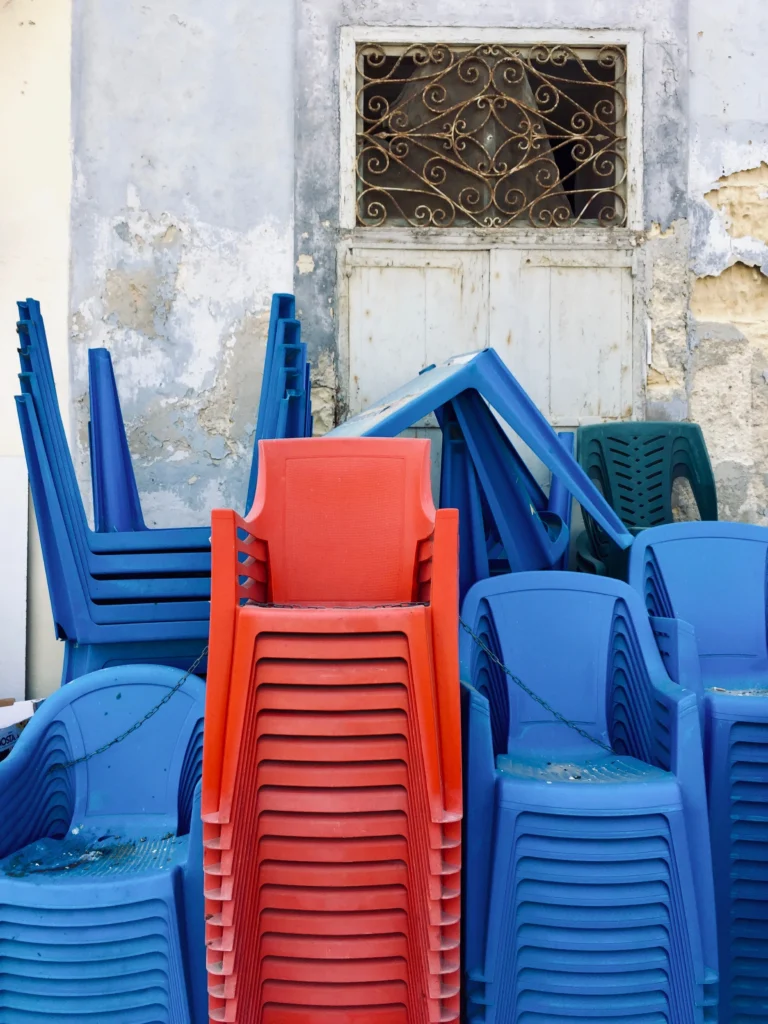
Environmental Concerns
Despite its benefits, the Monobloc chair has faced criticism for its environmental impact. Its mass production contributes to plastic waste, particularly as discarded chairs often end up in landfills. This has led to growing concerns over its ecological footprint.
Toward Sustainable Solutions
In response, manufacturers are exploring eco-friendly alternatives, such as using recycled materials or biodegradable plastics. These innovations aim to retain the chair’s functionality while addressing environmental concerns, paving the way for a greener future.
Final Reflections
The Monobloc chair, a humble yet ingenious creation, stands at the crossroads of functionality, culture, and sustainability. It is a testament to human ingenuity in designing a product that meets universal needs while sparking important conversations about consumption and environmental responsibility. Whether seen as a marvel of design or a critique of mass production, the Monobloc chair’s legacy endures.

